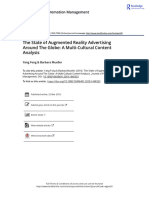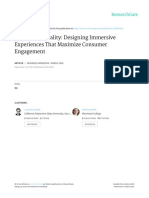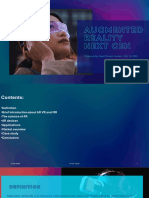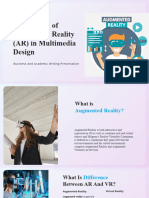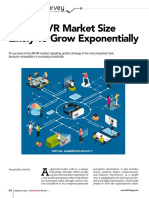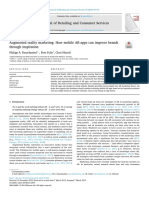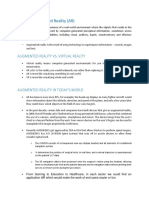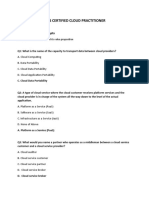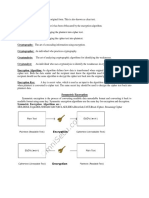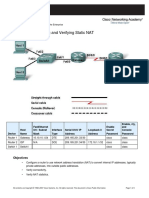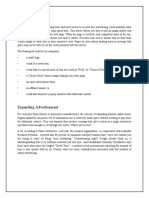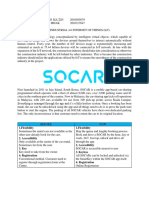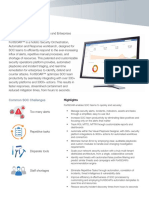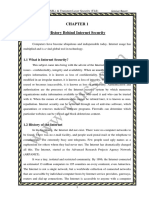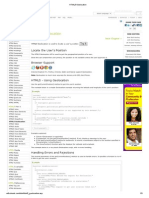0% found this document useful (0 votes)
15 views13 pagesAugmented Reality Starter Guide
The guide outlines the growing importance and potential of Augmented Reality (AR) in marketing, emphasizing its ability to enhance brand communication and engagement with audiences. It provides insights into the AR market, successful campaign strategies, and the benefits of AR, while also addressing the costs and future trends in the industry. Marketers are encouraged to adopt AR technology to create innovative experiences that resonate with consumers, as the market is poised for significant growth.
Uploaded by
trisCopyright
© © All Rights Reserved
We take content rights seriously. If you suspect this is your content, claim it here.
Available Formats
Download as PDF, TXT or read online on Scribd
0% found this document useful (0 votes)
15 views13 pagesAugmented Reality Starter Guide
The guide outlines the growing importance and potential of Augmented Reality (AR) in marketing, emphasizing its ability to enhance brand communication and engagement with audiences. It provides insights into the AR market, successful campaign strategies, and the benefits of AR, while also addressing the costs and future trends in the industry. Marketers are encouraged to adopt AR technology to create innovative experiences that resonate with consumers, as the market is poised for significant growth.
Uploaded by
trisCopyright
© © All Rights Reserved
We take content rights seriously. If you suspect this is your content, claim it here.
Available Formats
Download as PDF, TXT or read online on Scribd
/ 13



